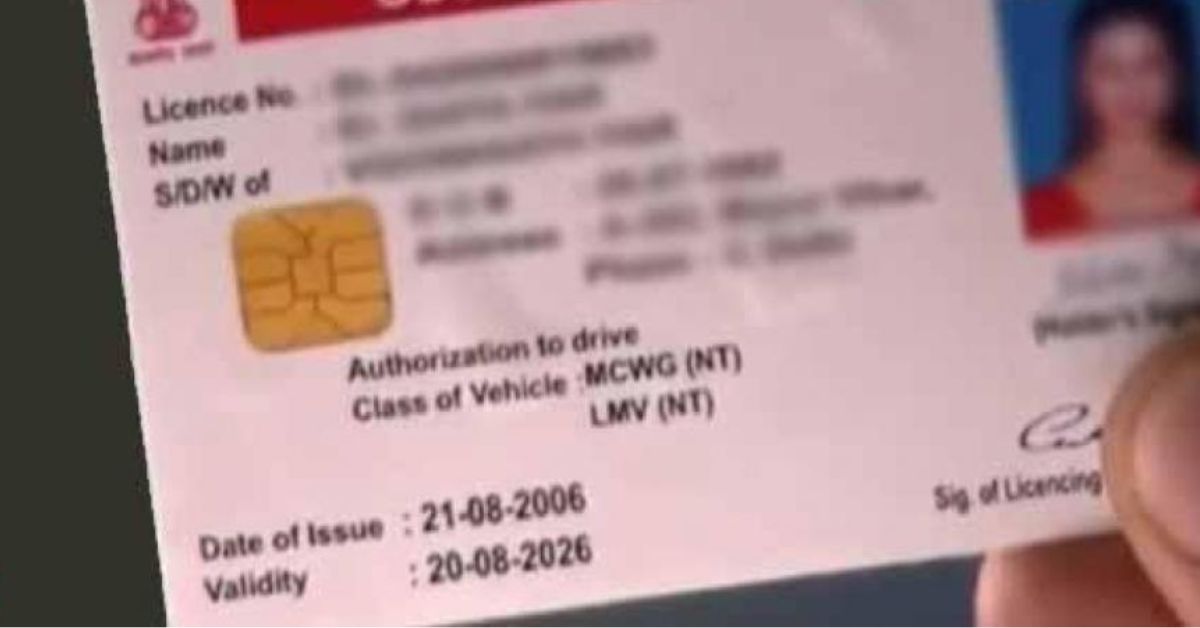Riding a motorcycle is an exhilarating experience, but before you hit the open road, it’s essential to ensure you have the correct license. In Queensland, the type of license you need depends on the motorcycle you want to ride and your experience level.
Understanding the different classes of Queensland motorbike licences can help you navigate the process more efficiently and ensure you ride legally and safely.
Understanding Class R, Class C, and Class CA Licenses
- Class R License (RE): This license is geared towards beginners or those with limited motorcycle riding experience. It permits you to ride learner-approved motorcycles (LAMs), typically with an engine capacity of up to 660cc and a power-to-weight ratio not exceeding 150 kW/t. To obtain a Class R (RE) license, you must undertake a pre-learner course, including theoretical and practical components. Once completed, you must pass the relevant assessments to acquire your learner’s permit.
- Class R License (R): Once you’ve gained some experience riding with a Class R (RE) license, you can progress to a full Class R license. This license removes the restrictions on the type of motorcycle you can ride, allowing you to operate any motorcycle regardless of engine size or power output. To upgrade to a Class R (R) license, you must pass a practical riding test to demonstrate your skills and competence on the road.
- Class C License (Car License with Motorcycle Provisional): If you already hold a Class C (car) license and wish to ride a motorcycle, you can obtain a motorcycle learner permit after completing a specific training course. This permit allows you to ride under certain restrictions, such as displaying L plates, not carrying passengers, and adhering to a maximum speed limit. After gaining experience, you can progress to a motorcycle provisional license (P) by passing further assessments, which allows you to ride without learner restrictions.
- Class CA License (Car License with Unrestricted Motorcycle): If you already hold an unrestricted Class CA (car) license, you can obtain an unrestricted motorcycle license by passing a practical riding test. This license grants you the freedom to ride any motorcycle without restrictions.
Safety Measures for Motorcycle Riders in Australia
Safety is paramount when it comes to riding motorcycles in Australia. Here’s a breakdown of some essential safety measures in line with Australian rules and regulations:
- Protective Gear: Australian regulations mandate using appropriate protective gear while riding a motorcycle. This includes a properly fitted helmet that meets Australian standards (AS/NZS 1698) and sturdy, abrasion-resistant clothing such as jackets, pants, gloves, and boots. Wearing high-visibility gear also enhances visibility, especially in low-light conditions.
- Rider Training: Completing accredited rider training courses is highly recommended for all motorcycle riders, regardless of experience level. These courses cover essential skills such as safe riding techniques, hazard awareness, and emergency maneuvers. Training programs are available for learners, provisional riders, and experienced motorcyclists seeking advanced skills development.
- Licence Compliance: Ensure that you hold the appropriate motorcycle licence for the type of motorcycle you intend to ride. Abide by the restrictions and conditions outlined in your licence, whether it’s a learner, provisional, or full licence. Stay informed about any updates or changes to licensing requirements in your state or territory.
- Regular Maintenance: Proper maintenance of your motorcycle is crucial for safe operation. Regularly inspect your bike for any wear or damage, including tyres, brakes, lights, and fluid levels. Follow the manufacturer’s maintenance schedule and address any issues promptly to keep your motorcycle in optimal condition.
- Defensive Riding: Adopt a defensive riding mindset to anticipate and respond to potential hazards on the road. Maintain a safe following distance from other vehicles, scan the road ahead for obstacles or dangers, and be prepared to react quickly to changing traffic conditions. Stay alert and focused while riding, avoiding distractions such as mobile phones or other electronic devices.
- Weather Awareness: Australian weather conditions can vary significantly, so be prepared to ride in various weather conditions. Check the weather forecast before setting out on a ride and dress accordingly. Exercise caution when riding in rain, wind, or extreme temperatures, as these conditions can affect visibility and road grip.
- Stay Visible: Enhance your visibility to other road users using headlights, indicators, and reflective gear, especially during low-light conditions or adverse weather. Position yourself strategically within your lane to maximise visibility to other drivers, and use hand signals or head checks when changing lanes or turning.
- Ride within Your Limits: Know your skill level and ride within your capabilities. Avoid taking unnecessary risks or attempting maneuvers beyond your skill level, especially when riding in unfamiliar or challenging conditions. Practice and gradual skill development are crucial to becoming a confident and competent rider.
Conclusion
Navigating the world of motorcycle licensing in Australia may seem daunting, but with the correct information and support, you can confidently hit the road. Whether starting from scratch or looking to upgrade your license, understanding the different classes of motorcycle licenses is the first step towards enjoying the freedom of two-wheeled travel. And with Stay Upright by your side, you’ll be well on your way to becoming a skilled and responsible rider.



